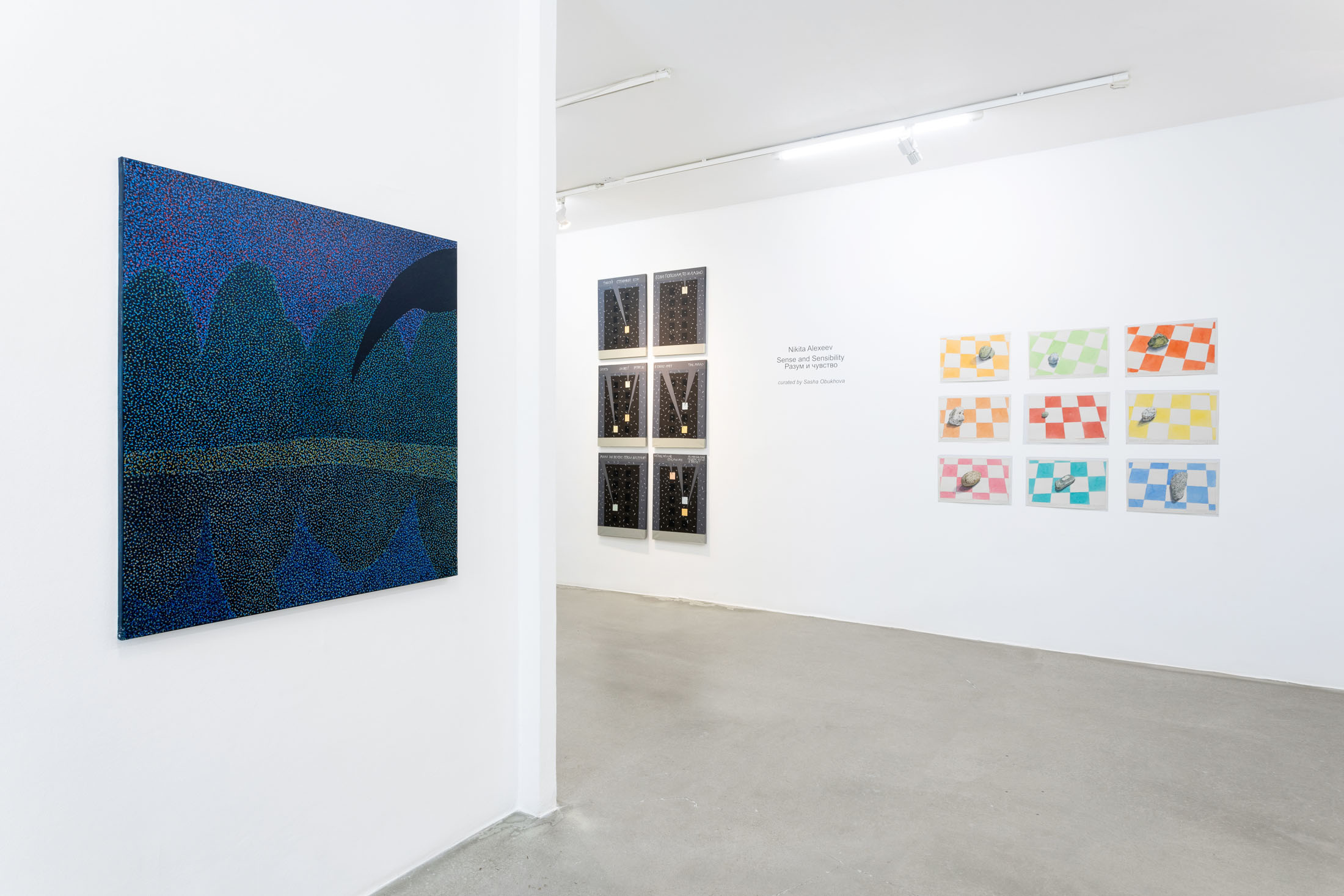
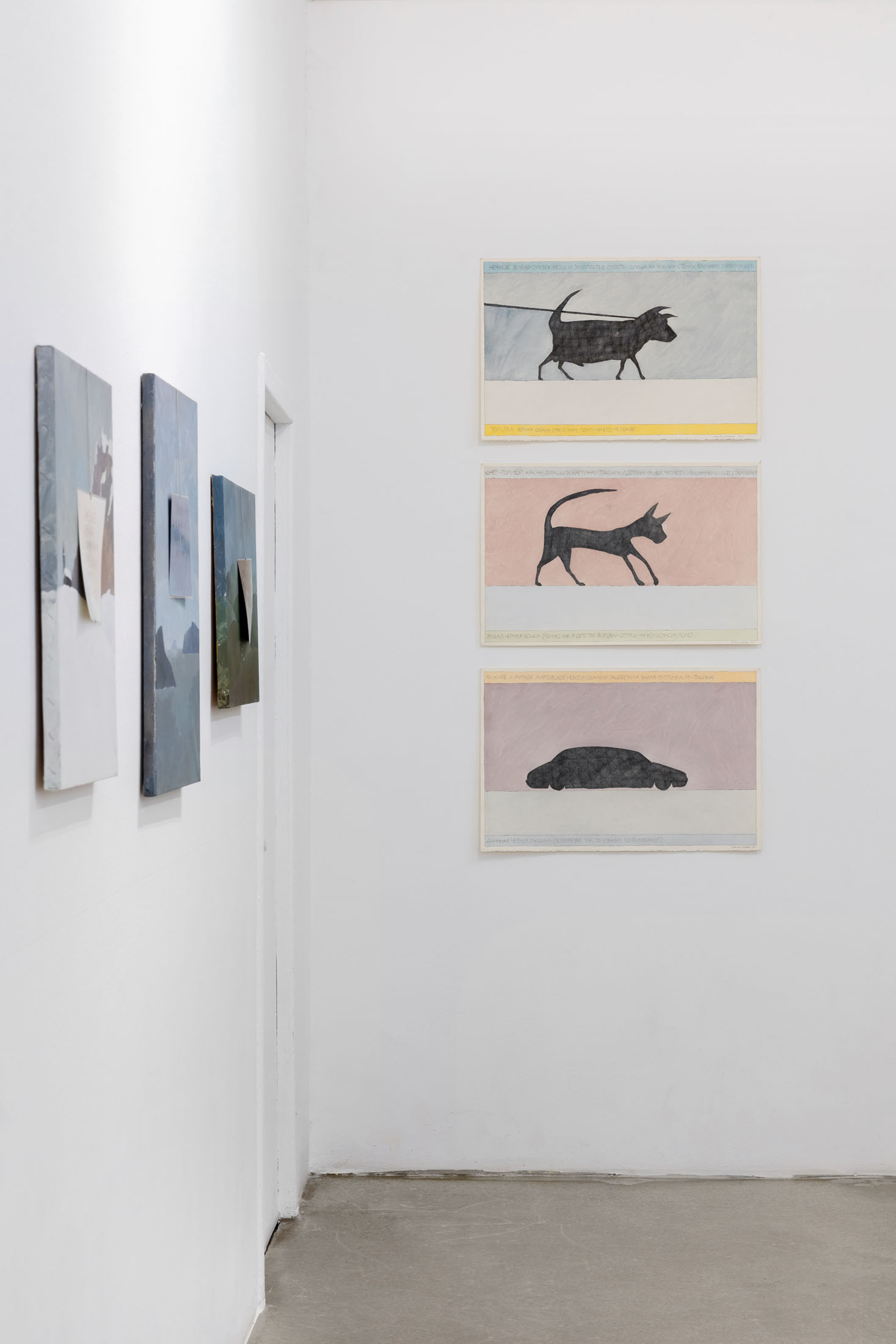
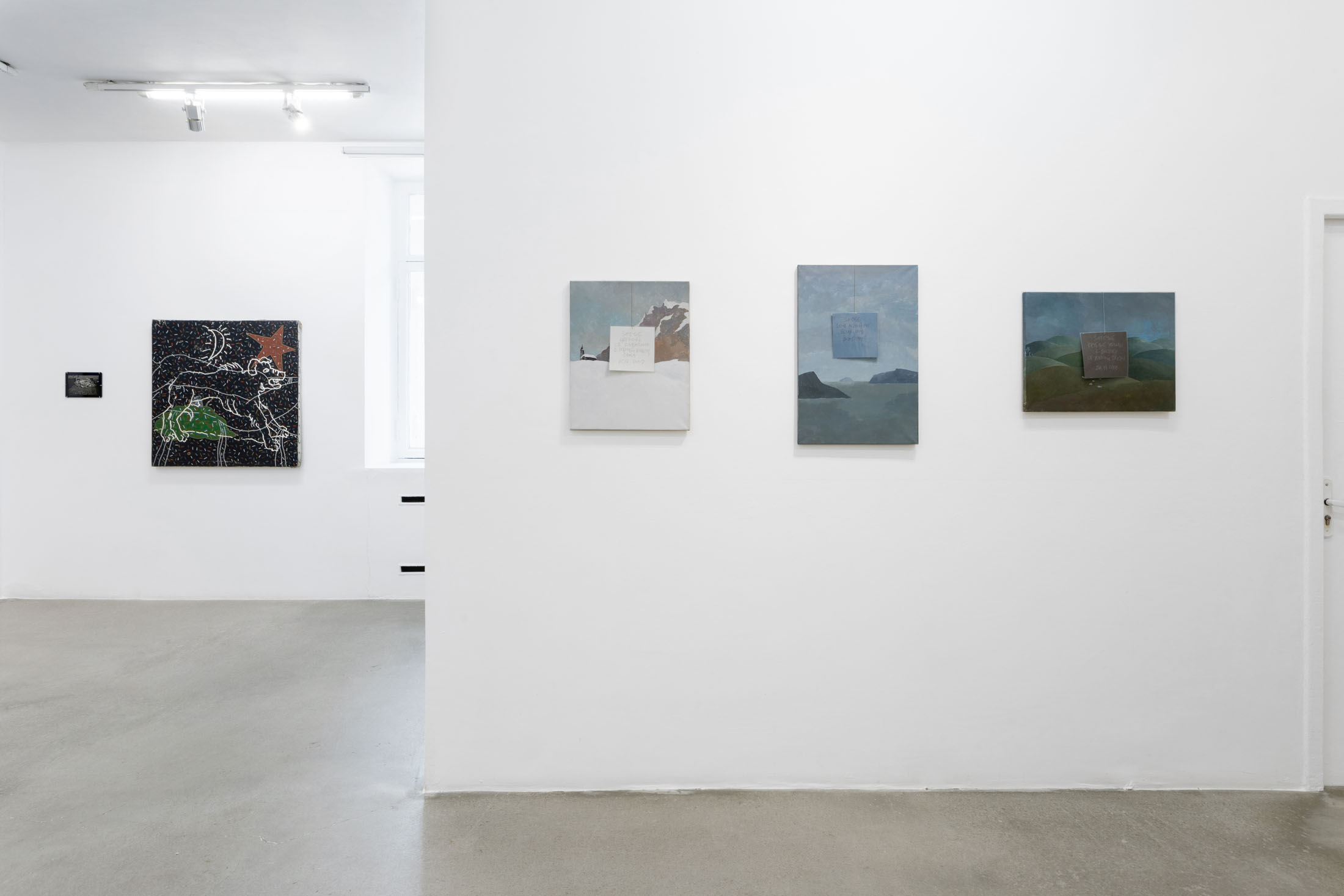

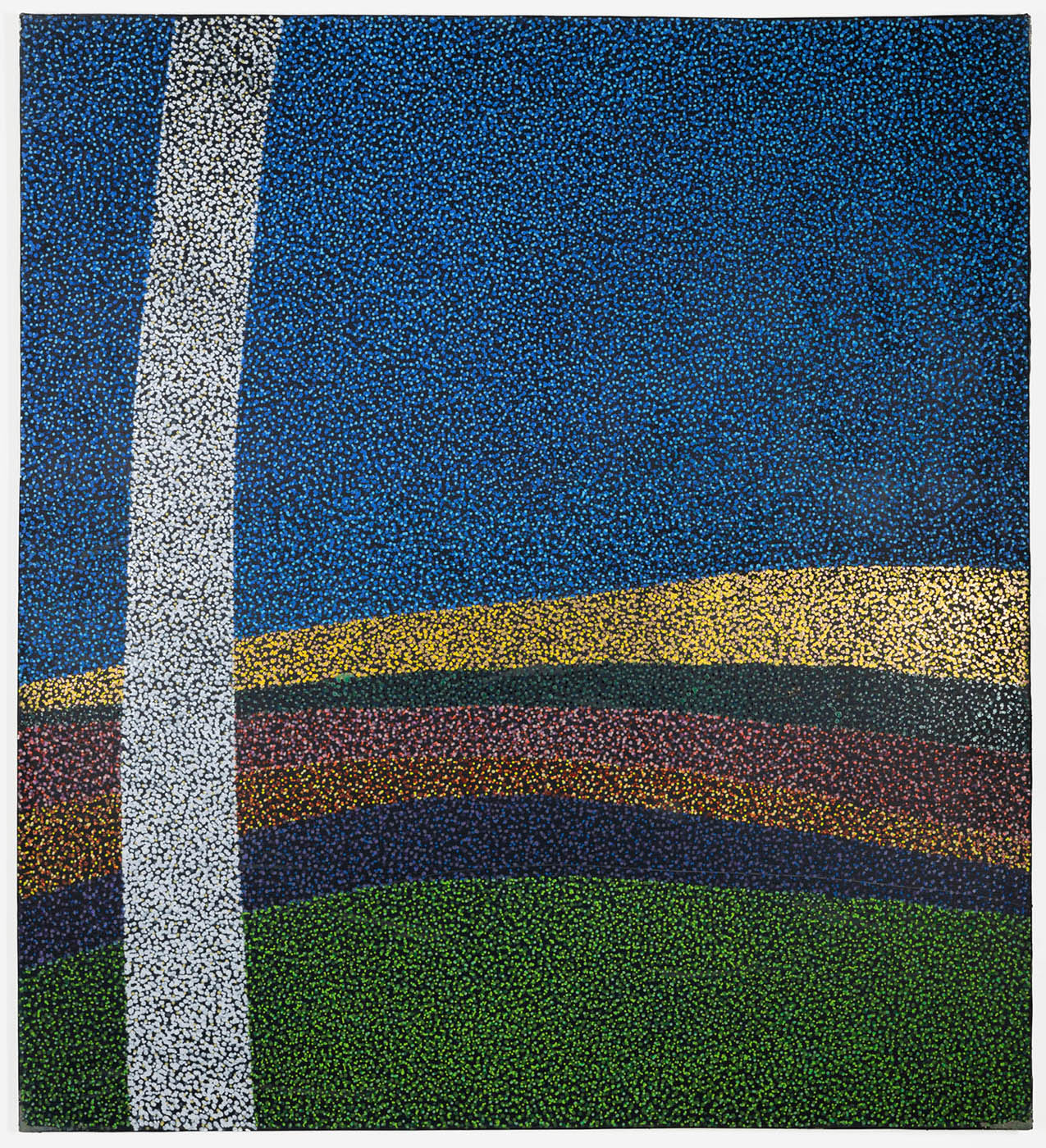
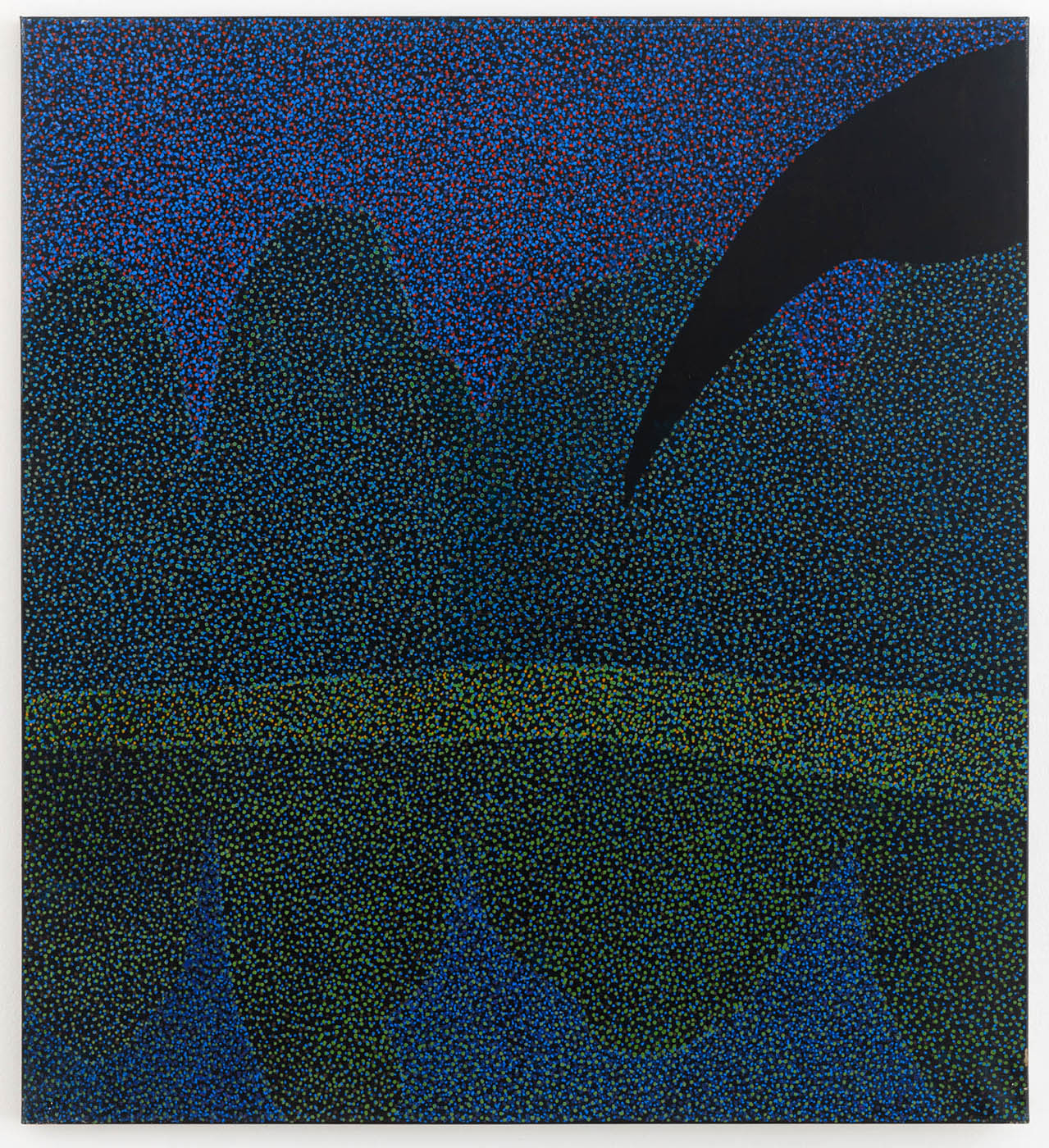






Sense and Sensibility. The works of Nikita Alexeev from over the years
In the 1970s-1980s, Nikita Alexeev took part in numerous events of significance in the Moscow artistic underground. He showed his works at the first permitted exhibition of avant-garde art which took place in 1974 on the outskirts of Moscow in the open air. He was part of the Moscow conceptual school in its early days and one of the founders of a key group for the movement, Collective Actions.
Later, Alexeev was not just one of the first “new wave” artists in Russia, he was also, from 1982 to 1984, the owner of the first unofficial gallery, APTART, in the Soviet Union: He made his one-room apartment available to young, radical artists and in so doing helped a new artistic movement to be formed. During Perestroika, the artist actively developed a model for free youth culture that combined all forms of art – from poetry and the visual arts to rock music and film.
In 1987, Alexeev moved to Paris, where, deprived of his usual social circle, he lived in almost monastic solitude in what was to him a new (and alien) social and artistic environment. It was this “Parisian period” that marked the final stage in the development of his personal style and the appearance of a wholely individual range of subjects and formal approaches.
Soon after his return to Russia in 1993, having already established himself as a recognized classic of modern Russian art, Nikita halted his artistic experimentation to focus on journalism. At the beginning of the 2000s, however, he returned to Moscow’s artistic scene with refined, lyrical drawings and paintings that were an unexpected move for this veteran conceptualist.
In 2021, Nikita passed away, leaving a rich heritage, the true significance of which has yet to be understood and appreciated.
Putting on Nikita’s exhibition without his direct participation has been an incredibly difficult task that brings a great deal of responsibility. In his life, the artist always staged his own exhibitions. They were never simply exhibitions, they were ephemeral, emotional, vibrating environments in which it wasn’t the force of compressed images or the epic magic of Hollywood special effects that prevailed – instead, it was the light breath of poetic metaphor.
The artist’s existential and professional method was unified: speak quietly, don’t be noticed, and disappear right at the moment when the threat of finding oneself at the epicenter of the mainstream and at the focal point of artistic fashion arises. Manifest escapism as a foundation for aesthetic tactics is based on the artist’s desire to provide those who are interested in viewing and understanding with the opportunity to cross the brittle ice of the transparent poetic text. Rather than being laid out according to the romantic rules of free artist will, this poetry is subject to the strict rules of a variety of limitations – medial, narrative and methodological.
Adventures of the mind, where sense restrains flows of sentimentally tinted impressions are fully present in the painting and drawing series fragmentarily exhibited at the Iragui Gallery. In the series “Views of Zarechye” (2009), behind the intimate, realistic landscapes, lies the carefully concealed, detailed landscape of an invented country that the artist dreamed of living in. “Moscow Nights” (2011), with their far more restrained plastics, are compounded with diary entries that have been preserved by a consciousness that is sensitive to daily life. Drawn in detail, stones lying on coloured, checkered tablecloths are, in fact, rather than an exercise in drawing virtuosity, a rigorous catalogue of the interaction of color. In each line of the works, there is a mutual resistance, a reciprocal control of sense and sensibility, that allows the artist to reveal the nodes of meaning that require detailed decoding.
Nikita Alexeev’s visual world is humorous and daring, whilst at the same time being austere and canonical. The levels of semantic interweaving threaded into the fabric of the author’s narration are incalculable and can only be perceived when we understand that art “isn’t craft, isn’t religion, isn’t politics, isn’t science.” And we recall the words of Alexander Pushkin: “Poetry, if you’ll forgive me, should be silly.”
Sasha Obukhova,
Curator of the archive collection of Garage Museum